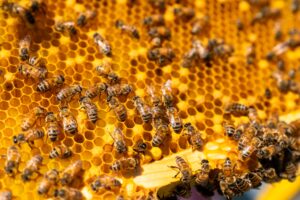800 million people around the world rely on cassava for survival.
But in East Africa, cassava crops are being decimated by whiteflies—more specifically, the viruses that the whiteflies are transmitting.
Already vulnerable farmers are unable to feed themselves, unable to make money, unable to send their kids to school.
It’s a devastating problem that urgently needs our attention.
But it’s not as simple as dousing crops with bug-killing chemicals.
Not long ago, we thought we only had one species of whitefly in our proverbial ointment, but scientists have recently discovered that there are 34 different whitefly species—which all look identical.
Some of these species transmit viruses, some do not. Likewise, some of them have evolved genetic resistance to insecticides, and others have not.
So how do farmers in East Africa solve this problem?
With the help of genomics and supercomputing being done in WA.
TED Fellow Dr Laura Boykin and her team at UWA are working with mathematics, machine learning and genetic databases to help identify the fly species that are causing problems on farmers’ land. From there, they can work on custom solutions that will get rid of the pests.
These high-tech tools may seem unconventional, but Laura says WA’s supercomputer is essential to deal with the massive amounts of data that they generate.
Like the viruses she is battling, Laura’s enthusiasm and determination to make a difference is highly infectious. She hopes to spread computational skills to farmers in East Africa, allowing them to fight the flies more quickly and more efficiently.
And hopefully we’ll begin to see the enemy drop like flies.








